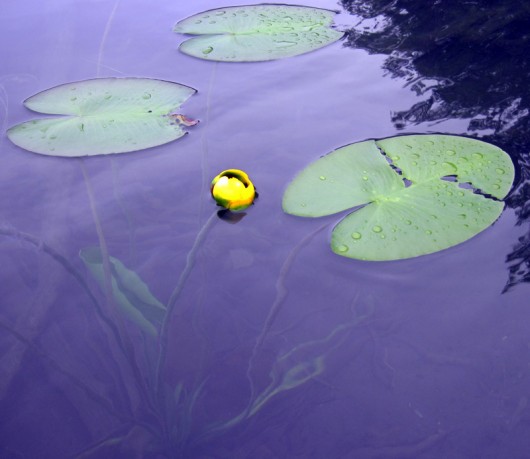I am not a skilled lace knitter. Too often I practice random acts of yarn overs and senseless placement of SSKs. But I am determined to improve and I am quite pleased with myself over my Traveling Woman small shawl.
Liz Abinante has designed this wonderful shawl, written up an exactly correct pattern, and priced it sensibly. It’s suited to just about every weight of yarn, but mine is knit in fingering weight Dream in Color Baby. The colorway is sour apple. My only modification of the large size was to add one repeat of the leaf chart.
This was a fun knit, though it was a challenge for me. Honestly, I don’t know if I’m going to keep it or gift it. For the moment, I’m just going to stare at it.
Here are a few more views for you to stare at. The last photo explains why mine is a Water Lily Traveling Woman. Steve’s Water Lily photo was taken in July early morning light on Hillman Michigan’s Long Lake, in Ghost Bay.





